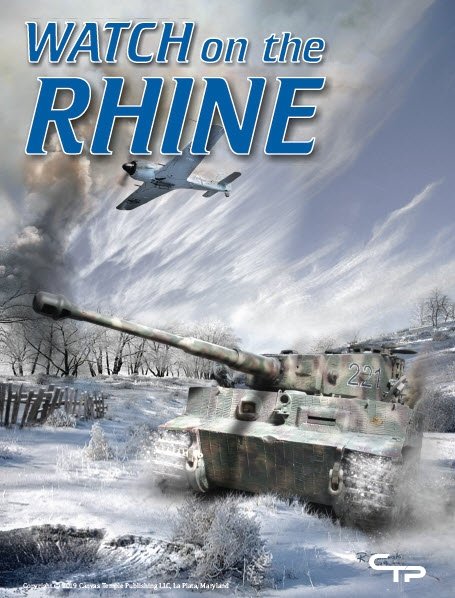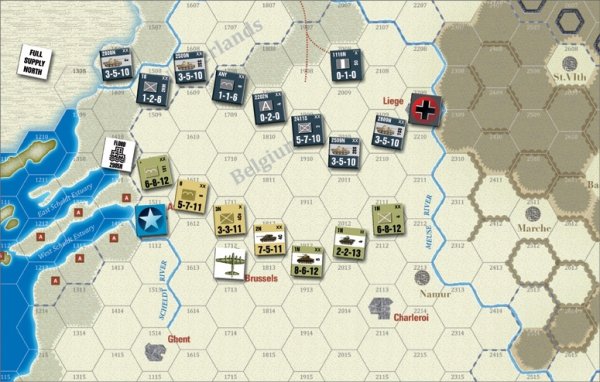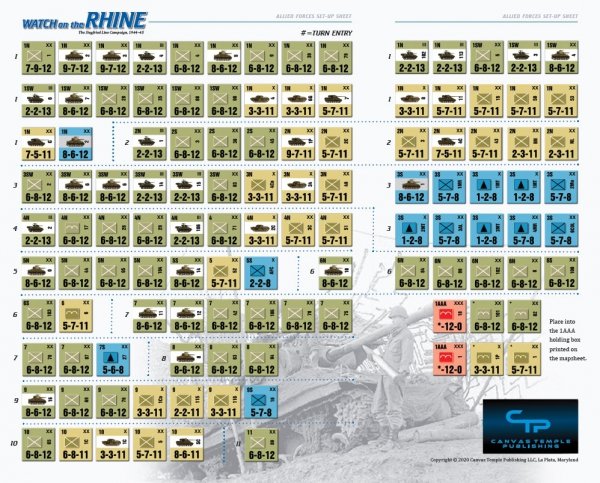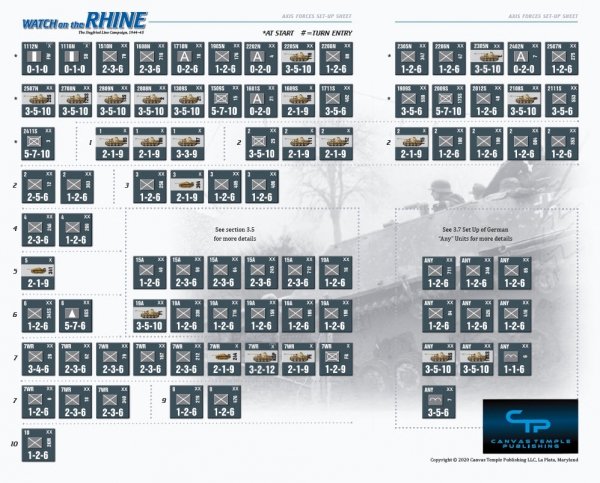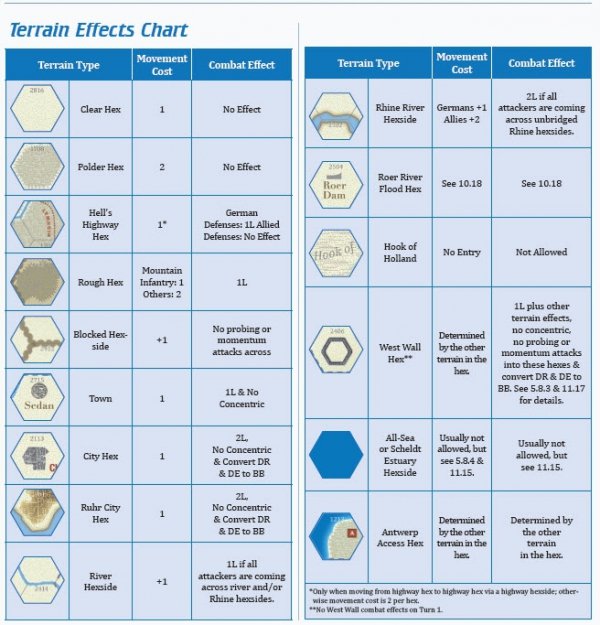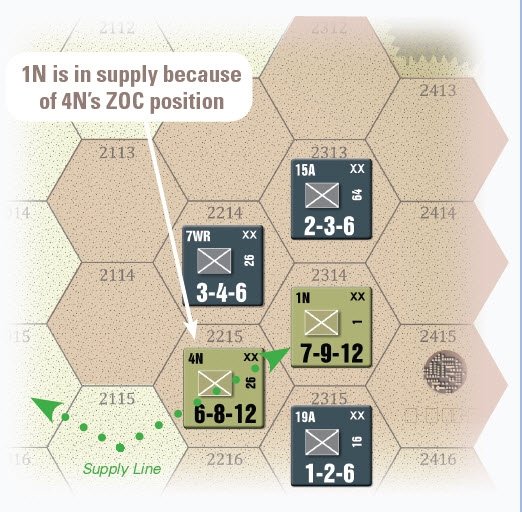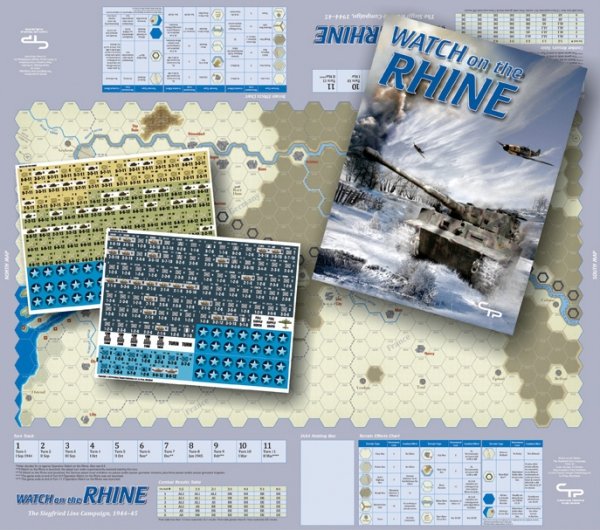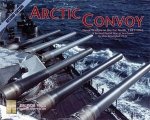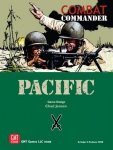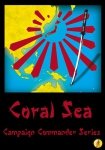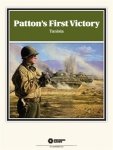WotR is a two-player (solitaire adaptable) historical simulation of the final operations of World War II in northwest Europe.
Scale: Each hexagon on the map represents 10 miles (16.2 km) from side to opposite side. The units of maneuver are almost all divisions or brigades or their ad hoc equivalents. There are two corps-sized units representing the First Allied Airborne Army when it’s used in paradrop operations. Each full game turn represents 10 days to one month of real time, depending on the time of year.
What Makes This Project Special?
We at Canvas Temple have been at this a long time; designing and playing wargames. The youngest of us has been playing over 35 years. Like many old-school wargamers, our eyesight has declined, our fingers have become fumbley, and our time has become scarce.
So we decided to make wargames more suited to us old timers. This operational level wargame is big in scope (and lettering) and can be played in a (long) evening. Rather than standard 9/16" or even 5/8" inch counters, this game utilizes our custom 3/4" counter die to create large, thick counters that are easy to see and manipulate. The base game also contains two full-sized maps with giant hexes, and a well tested game system that approaches its subject with enough abstraction to keep the game tight, but enough detail to do justice to history and create an array of complex decisions.
The Maps The maps illustrate the militarily significant terrain found in and around this border area of western Germany in 1944-45 when portrayed at this scale. The national boundaries shown are the final internationally ones from just before the war began in 1939. A hexagonal (hex) grid is printed over the map to regulate the placement and movement of units across it, much like the squares in Chess and Checkers. A unit is considered to be in only one hex at any one time. Every hex on the map has a unique four-digit identification number printed within it. They’re provided to help find exact locations more quickly and to allow for the recording of unit positions if a game has to be taken down before it can be completed.
The Playing Pieces
Most of the unit-counters represent combat formations; others are provided as informational markers and memory aids. Units organizational sizes, from larger to smaller, are shown using standard notation:
XXX – corps
XX – division
X – brigade
If a unit’s size symbol is beneath a bracket, that means it was an ad hoc formation of approximately that size.
What Scenarios are Included?
The Siegfried Line Campaign, 1944-45; This is the main campaign presented in the game.
Counteroffensive Short Scenario: provides the historical dispositions of both sides as they were historically on 16 December 1944 at the start of the Battle of Bulge. But only the German units the Allied high command had identified on their situation maps would be shown in their set-up hexes. All the others – all the units brought in by Hitler specifically for the counteroffensive – would be available for free set up anywhere behind the German front line. That means the German player can launch his counteroffensive against the Americans in the center, as was done historically. Alternatively, he can try for a victory in the south by recapturing Strasbourg and thereby effectively knocking France out of the war for a year or so via the political chaos that would’ve generated. Or he can drive strait into the British Army, hoping to cause enough unit losses within that replacement-strapped force to wreck its further offensive capabilities.
Operation Cobra:: Cobra can be played as a separate game, covering the events in northern France from late July through the end of August, and it could also be added to the WotR parent game. That would turn WotR from a “mini-monster” into a true three-map full-on “monster game,” taking its geographic coverage all the way west to the base of the Normandy peninsula at Avranches. The goal in the game – whether playing it alone or as a prequel add-on to WotR, would be to make the campaign as free-form as possible within strategic historic constraints. That is, for example, the German player wouldn’t be required to send Seventh and Fifth Panzer Armies to certain destruction at Mortain before being allowed to retreat east. However, the earlier he withdraws those forces eastward, the more difficult his victory conditions would become. The orders of battle for Cobra would essentially be the same ones as in WotR, but the German divisions that were historically mangled breaking out of the Falaise pocket, and then later rebuilt, would have stronger versions included here. When playing the extended campaign game, replacement rules would be included to handle any necessary switching from one to the other as they come out of the dead pile.
The 1936 Rhineland Crisis: models the war that would’ve erupted had the French moved to overturn Hitler’s remilitarization of the Rhineland in 1936. The assumption here is Germany doesn’t erupt into civil war when the French attack; rather the populace and military of the Reich rallies to support Hitler and fights to defeat the hated invaders. The Belgian Army will also be on the map as active French allies. The French Air Force will be attempting to bomb the Ruhr, which will force the German player to have to split his scant Luftwaffe resources between ground support, his own terror bombing campaign against Paris, and strategic air defense.
Components
- Three full-sized, full-color maps of the geographical region over which the fighting occured. The maps are used individually for smaller scenarios, or joined together for a large campaign game.
- Four die-cut, full-color, double-sided sheets of 3/4" square playing pieces that represent the various combatants
- Scenario Setup Sheets
- Fully illustrateg nook of game rules
- various sheets of charts and tables
- Dice
- Storage baggies for the playing pieces
- Game Box
Stats
Complexity: 4 out of 10
Playing Time: 2 to 10 hours, depending upon scenarios
Ages 14 and older
Polecamy
448,70
PLN
266,00
PLN
168,30
PLN
376,20
PLN










